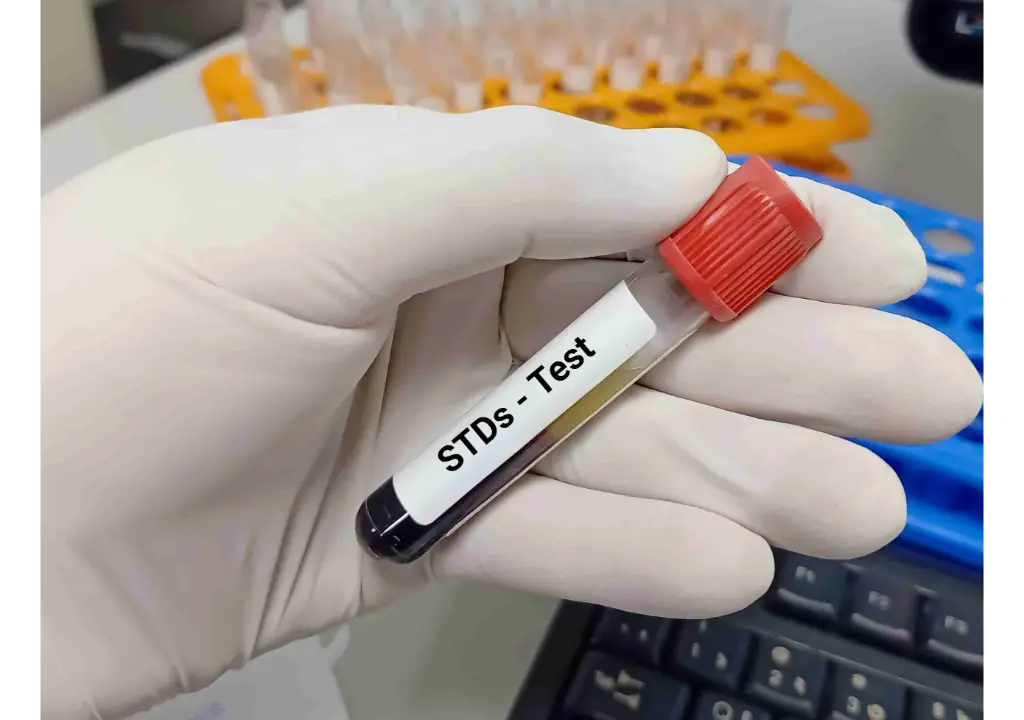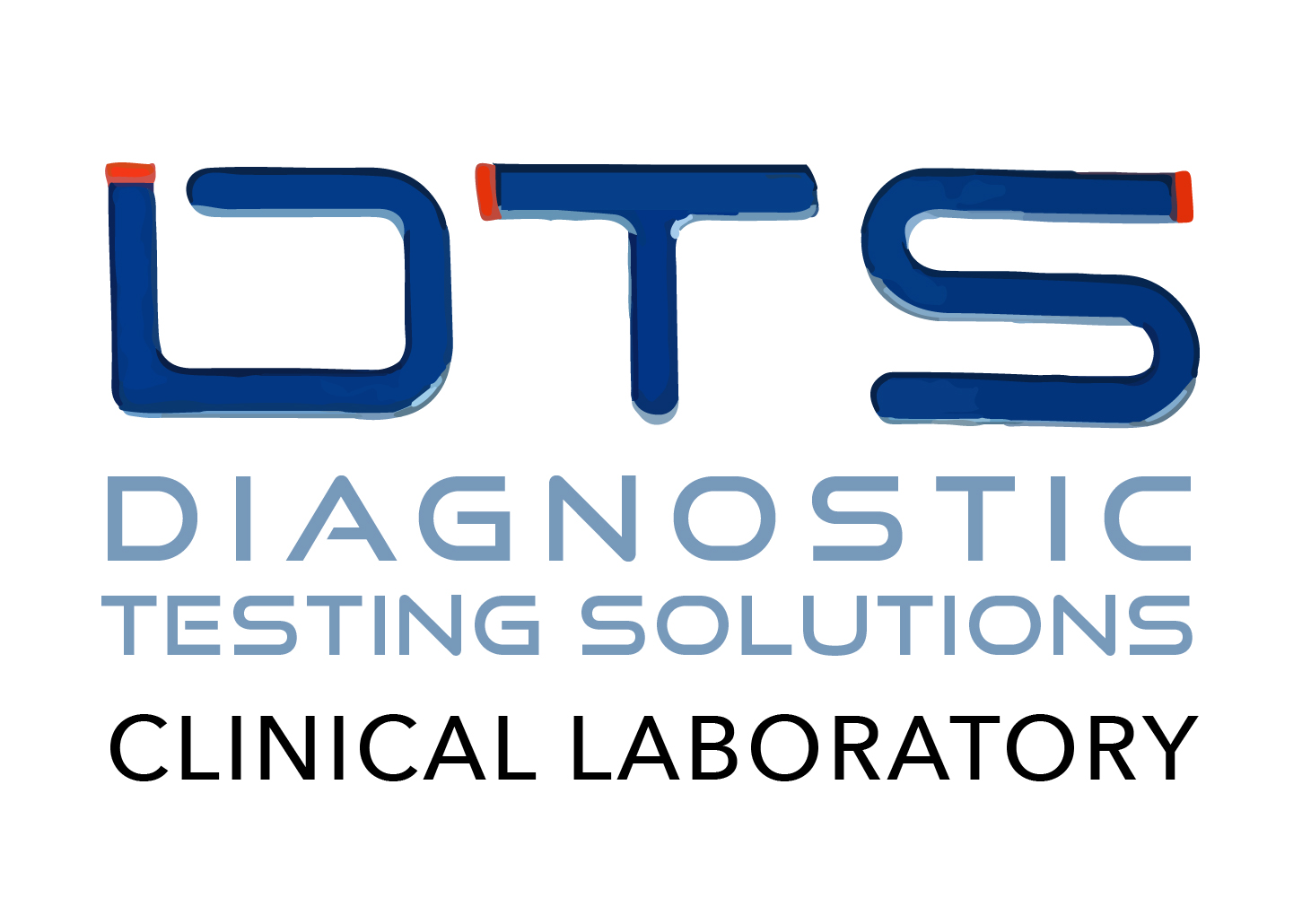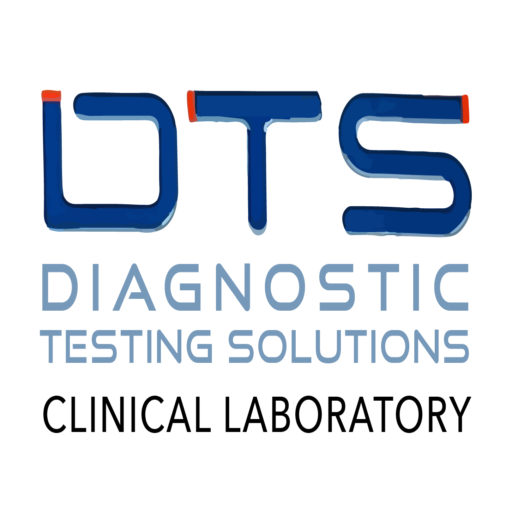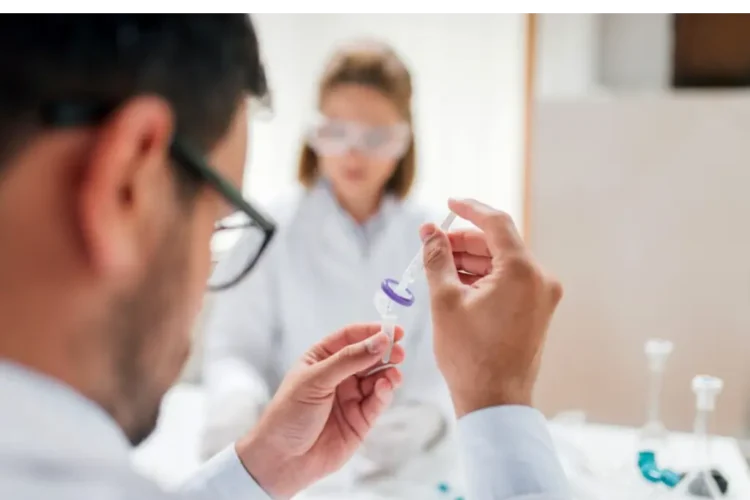
Sexually transmitted diseases (STDs) are a critical public health issue, and timely STD testing is essential for both prevention and treatment. A common concern for many people is understanding how long STD tests take. Knowing the timeline for testing and receiving results can help ease anxieties and promote better health decisions.
Understanding the STD Testing Process
The STD testing process varies depending on the type of infection and the test method used. Blood tests are typically used for detecting infections such as HIV, syphilis, and herpes. A urine sample is commonly utilized for chlamydia and gonorrhea tests.
Swab tests involve collecting samples from specific areas, such as the throat, rectum, or genitals, and they are often used to detect HPV or herpes. On the other hand, rapid tests are designed to provide quick results, sometimes within minutes, making them convenient for immediate needs.
STD Tests Timeline: How Long for STD Test Results?
The timeline for receiving STD test results can differ significantly based on the type of test administered and the specific STD in question. For instance, the HIV test duration can range from 20 minutes for a rapid HIV test to 1-2 weeks for a standard blood test.
Similarly, syphilis test results from a rapid test can be available in 15-30 minutes, whereas a standard blood test might take up to a week. Chlamydia and gonorrhea tests usually take about 2-5 days, while herpes and HPV tests might require 1-3 weeks for results.
Factors Influencing STD Testing Duration
Several factors can affect the duration of STD testing. The type of test plays a crucial role—rapid tests provide faster results, while standard tests may take longer due to laboratory analysis. The healthcare provider you choose, whether a health clinic, medical laboratory, or at-home testing service, also influences the timeline.
Lab processing times and the test’s sensitivity—particularly for detecting low levels of infection—can further impact how long you’ll wait for results. It is important to discuss these factors with your healthcare provider to set realistic expectations.
STD Testing Time Frame: What to Expect
The STD testing time frame varies, but generally, results are available within a few days to a week. Standard tests take longer due to the detailed analysis required, but they offer comprehensive detection of infections.
On the other hand, rapid STD tests provide same-day results, which is ideal if you need immediate information. However, for most STDs, you can expect to receive your results within a week, allowing the lab enough time to process the tests accurately and thoroughly.
Rapid STD Tests vs. Standard STD Tests
Rapid STD tests offer the advantage of quick results, often within 15-30 minutes, making them suitable for detecting infections like HIV and syphilis on the spot. However, standard STD tests, though they take longer—anywhere from a few days to a week—are generally more comprehensive.
They cover a broader range of infections and provide a more detailed analysis. Therefore, while rapid tests are useful for immediate peace of mind, standard tests are preferred when you need a thorough examination.
Same-Day STD Results: Is It Possible?
Yes, same-day STD results are possible with certain rapid tests, particularly for HIV and syphilis. These tests are designed to provide results within minutes, which is highly beneficial if you need immediate information about your status.
However, not all infections can be tested this quickly—most other STD tests, such as those for chlamydia, gonorrhea, or herpes, require a few days for results due to the more complex laboratory analysis involved. If time for STD results is a concern, discuss rapid testing options with your healthcare provider
Managing Anxiety During the Waiting Period
The period while waiting for STD test results can be anxiety-inducing, but knowing the testing timeline can help you manage your expectations. It’s important to remember that delays in results don’t necessarily indicate a problem; rather, they often reflect standard lab processing times.
Engaging in self-care during this period, such as staying informed and talking to your healthcare provider, can help ease anxiety. Patience is key, and understanding the expected STD results waiting time can make the process less stressful.
What to Do After Receiving Your STD Test Results
Once you receive your STD test results, your next steps will depend on whether the results are negative or positive. If your results are negative, it’s a good opportunity to discuss prevention strategies with your healthcare provider to reduce the risk of future infections.
If your results are positive, your healthcare provider will guide you through treatment options and the process of notifying any recent sexual partners. Early detection and treatment are crucial, so following up with your healthcare provider is essential for managing your health.
Why Regular STD Testing Is Important
Regular STD testing plays a vital role in maintaining your general health and preventing the spread of infections. Many STDs can be asymptomatic, meaning you might not exhibit symptoms even if you’re infected. This makes regular testing crucial for early detection and treatment, particularly if you have new or multiple sexual partners.
By staying proactive with your sexual health, you can protect yourself and others, ensuring that any infections are caught and treated early.
Where to Get Tested: Health Clinics, Medical Laboratories, and More
You have several options when it comes to getting tested for STDs. Health clinics, medical laboratories, and at-home testing kits provide STD testing services. Each of these options has its benefits:
- Health clinics often offer a comprehensive range of tests.
- Medical laboratories may provide more detailed analysis.
- At-home kits offer convenience and privacy.
It is essential to choose the option that best suits your needs, considering factors like testing duration and the speed of receiving results.
Conclusion
Understanding the timeline for STD tests and how long it takes to receive results is crucial for effectively managing your sexual health. Whether you choose a rapid test that provides same-day results or a standard test that requires a few days, being informed about the process can help ease concerns and ensure timely decision-making. Additionally, recognizing STD symptoms early on can prompt timely testing, allowing for quicker treatment and reducing the risk of complications.
Regular STD testing is vital not only for your health but also for the well-being of your partners. By staying proactive and informed, you can take control of your sexual health, prevent the spread of infections, and address any concerns early on. Don’t hesitate to discuss your testing options with a healthcare provider to find the best approach for your needs.






